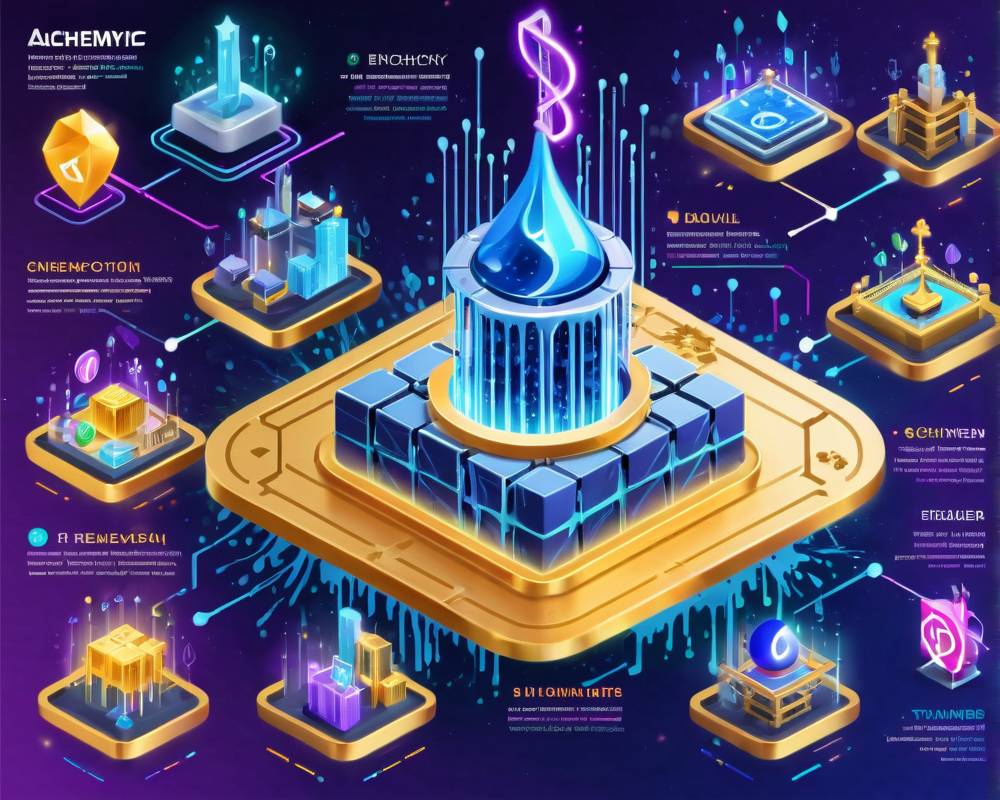Investments Flow into Alchemy
Alchemy, the innovative blockchain infrastructure startup, has successfully attracted attention and financial support from a range of prominent mainstream entities. Noteworthy contributors include Stanford University and iconic business figures like Yahoo’s co-founder Jerry Yang and LinkedIn’s co-founder Reid Hoffman.
On December 17, reports surfaced detailing that Alchemy has raised a substantial $15 million in investments as part of its Series A financing round. Among other prestigious backers is the financial giant Charles Schwab. This influx of funds allows Alchemy to work towards its vision: pushing the blockchain ecosystem forward with core infrastructure and developer tools.
Alchemy’s Unique Platform
Joe Lau, Alchemy’s co-founder and a fellow Stanford alum, elucidated the advantages of their platform over traditional offerings via an email to Cointelegraph. According to Lau, Alchemy’s platform is significantly more reliable and performs at a higher level than competitors that merely provide blockchain nodes. Instead, Alchemy has developed extensive distributed systems in-house tailored for enterprise-level blockchain applications.
Advanced Development Tools
Another notable advantage of Alchemy’s platform is its suite of advanced developer tools. These tools include alerting, monitoring, and debugging capabilities, which are designed to save engineering teams countless hours of work. Lau pointed out that many of Alchemy’s clients transitioned from using AWS to take advantage of its superior performance and reliability.
Who’s on the Client List?
Some clients of Alchemy include prominent names like Augur, 0x, and Opera. Each of these organizations has recognized the transformative potential of Alchemy’s infrastructure and has integrated it into their operations.
Big Ambitions for Blockchain
Both Lau and Nikil Viswanathan, Alchemy’s other co-founder, hold ambitious aspirations for the company. Viswanathan once stated, “We want to be the Microsoft for blockchain.” This highlights their intention to dominate the industry, much like Microsoft did with computers.
Lau also made a historical analogy, likening the current phase of blockchain technology to the early days of computing in the ’70s and ’80s, when only researchers utilized computers. Today, computers are ubiquitous, and Lau anticipates a similar trajectory for blockchain technology.
The Future is Mobile and Collaborative
In a related vein, Cointelegraph reported on another cohort of Stanford alumni that developed a crypto network leveraging smartphones, which had over 500,000 participants as of September 17. The entrepreneurial spirit in the Stanford community continues to push the boundaries of technology and innovation, especially in the realm of blockchain.




